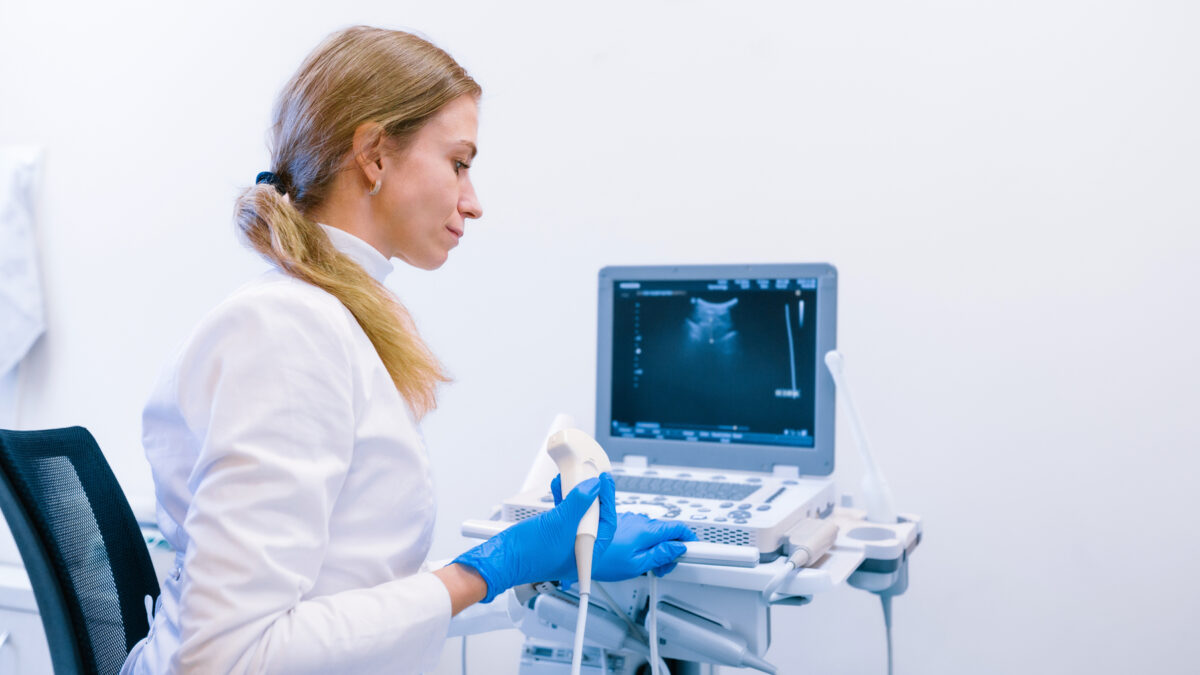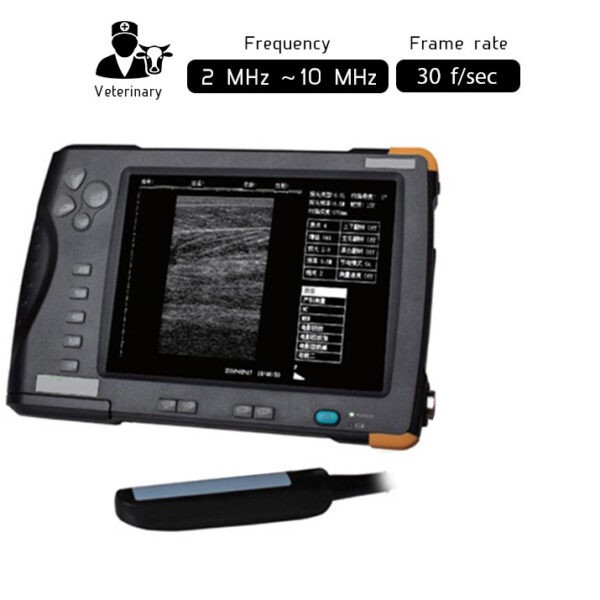- Immediate contact :
- +1-323-988-5889
- info@sonosif.com

Ultrasound-Assisted Rhinoplasty Procedure
December 5, 2022
Gallbladder Ultrasound
January 2, 2023The study of follicular dynamics and its regulation has advanced by using real-time ultrasound to monitor ovarian function in mammals. The events that makeup follicle development occur in a wave-like pattern. Small (4–5 mm) antral follicles grow synchronously to form corrugations.
After that, the dominant follicle is selected and allowed to grow to the maximum diameter, and the development of the dependent follicle is suppressed. The dominant follicle eventually regresses (becomes atresia) in the absence of corpus luteum retraction and a wave of new follicles begins. Dominant follicles control the growth of dependent follicles because ablation of the dominant follicle accelerates the development of the next wave, and extension of lifespan delays it.
The estrus cycle in cattle usually occurs in 2 or 3 consecutive waves, with the 2-wave cycle occurring on days 0 and 10, and the 3-wave cycle occurring on days 0, 9, and 16. occurs. During the estrus cycle, there are two or three consecutive dominant follicles and the last of these follicles ovulates. Pituitary gonadotropins, ovarian steroids, and non-steroidal elements interact in the complex process of ovarian folliculogenesis. Folliculogenesis is regulated by subtle hormonal changes, with modest increases in plasma follicle-stimulating hormone concentrations preceding the development of follicular surge.
Which Ultrasound Scanner Is suitable for follicular growth monitoring?
Due to their availability, reproducibility, and affordability, ultrasound devices such as the Waterproof Portable 2-10MHz Rectal Linear Veterinary Ultrasound Scanner Vet-4.1 are often used as the primary examination of follicle growth. . This is especially true during preparatory steps such as prenatal diagnosis or evaluation.
In addition, it is used for patient follow-up as it can clearly indicate common intra-abdominal complications. Another added value is a waterproof portable veterinary ultrasound scanner allows you to see internal organs. VET then examines the patient for tumors, torsions, and other injuries
Reference: Monitoring follicular development in cattle by real-time ultrasonography: a review
Disclaimer: Although the information we provide is used by different doctors and medical staff to perform their procedures and clinical applications, the information contained in this article is for consideration only. SONOSIF is not responsible neither for the misuse of the device nor for the wrong or random generalizability of the device in all clinical applications or procedures mentioned in our articles. Users must have the proper training and skills to perform the procedure with each ultrasound scanner device.
The products mentioned in this article are only for sale to medical staff (doctors, nurses, certified practitioners, etc.) or to private users assisted by or under the supervision of a medical professional.





